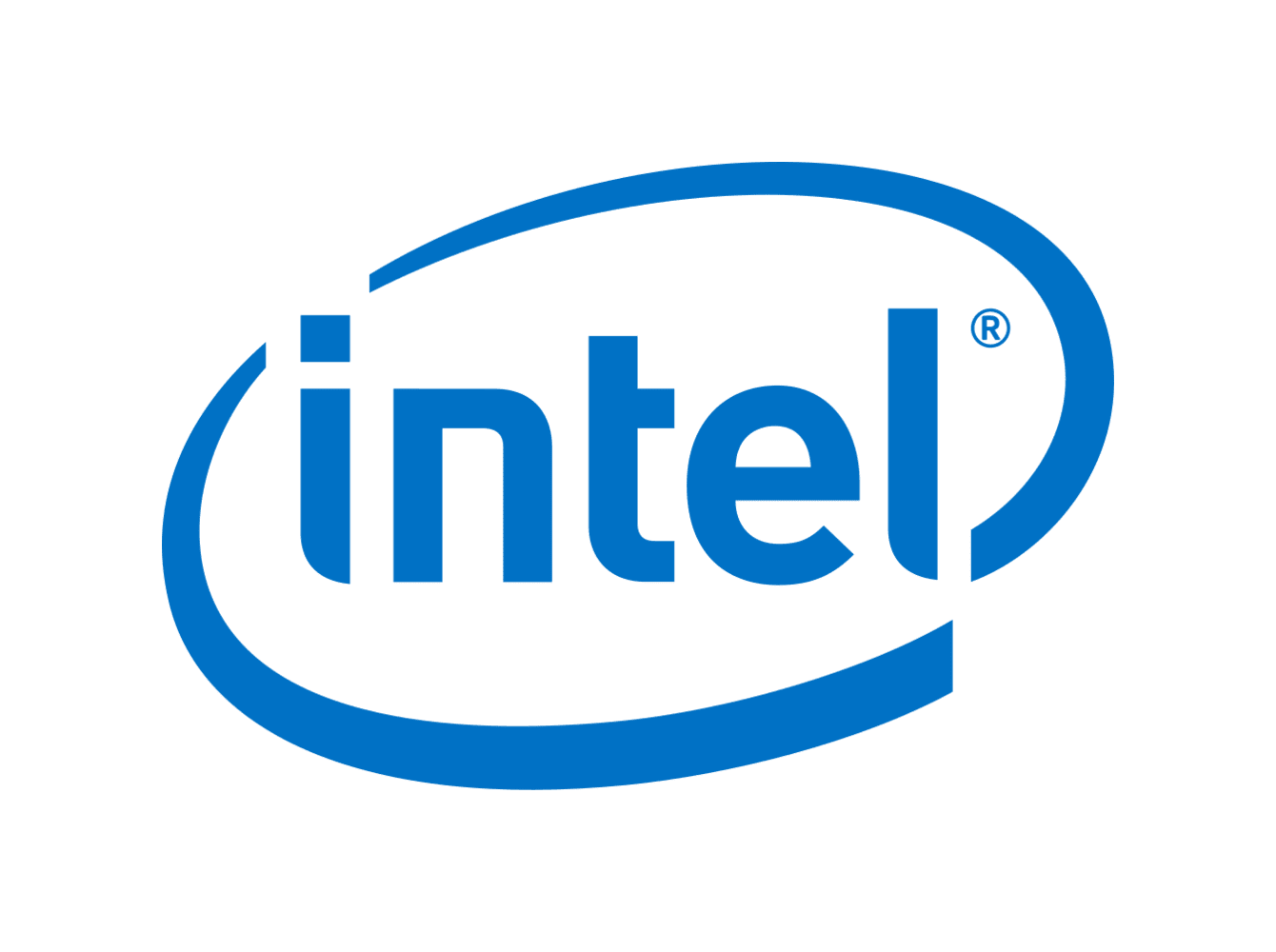

Yeah Apple is stagnating with the performance cores. If Intel gains momentum with a solid product in Lunar Lake, and is able to sustain it, Apple is going to regret ditching x86 altogether.


Yeah Apple is stagnating with the performance cores. If Intel gains momentum with a solid product in Lunar Lake, and is able to sustain it, Apple is going to regret ditching x86 altogether.


Just set power limits according to the workloads you run. Unless you’re blasting all cores at full tilt, Intel isn’t any hotter than Ryzen.
This article might be of help in making a decision.
I don’t expect a 30% perf/clock improvement over Raptor Cove cores. I will stick with Intel’s record of delivering ~19% perf/clock with each “tock” in recent years, if we are to still follow that terminology.
Meteor Lake is targeting 5.0-5.1 GHz fmax on mobile, which is due to how Intel 4 ended up. Historically speaking, in the FinFET era, Intel has a learning phase with process nodes - they take their time to figure out a particular node, address its shortcomings, and then come out hitting hard on the next node shrink.
It happened with 22nm to 14nm, and again with 10nm (which was a colossal disaster), from which they salvaged Intel 7, where fmax can reach 6 GHz and more!
Intel 4 is not the disaster that 10nm was, which bodes well for Intel 3. That, coupled with some leaks suggesting that Arrow Lake-S will have a PL2 of 177 W means that Intel 3 is likely to have a steep voltage-frequency curve, therefore I agree with the larger point that you are making.
On a 3060 Ti, RDR2 should run at 60-80 FPS in St. Denis with ultra settings at 1080p. With HUB optimized settings you can get over 100 FPS with a 3060 Ti. This is with a 5900X. Without DLSS too.
Don’t even need to say anything about CS2.
It’s a waste of money to upgrade for the games you play.

Perf/clock in Geekbench ST is in line with the leaked Cortex X4 scores. Yeah mobile phones don’t have 8533 MT/s LPDDR5x, but still it is really impressive.
Simple reason. An entry level gaming laptop with a decent CPU and an acceptable NVIDIA dGPU for 1080p 60Hz gaming will typically cost less than $1000.
A premium AMD ultrabook with the fastest LPDDR5/x RAM with at least 16 GB memory that will actually not limit the iGPU, and with acceptable power limits will be closer to $1500, if not more.
The dGPU will run circles around the fastest laptop of the second type you can get.